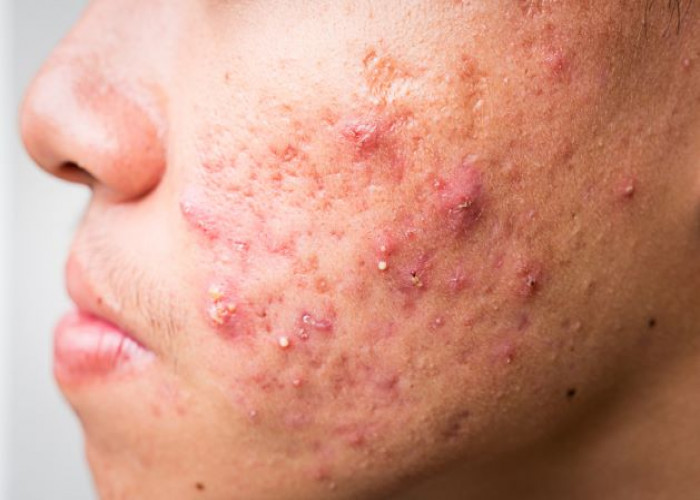 Welcome
Welcome
“May all be happy, may all be healed, may all be at peace and may no one ever suffer."
Acne
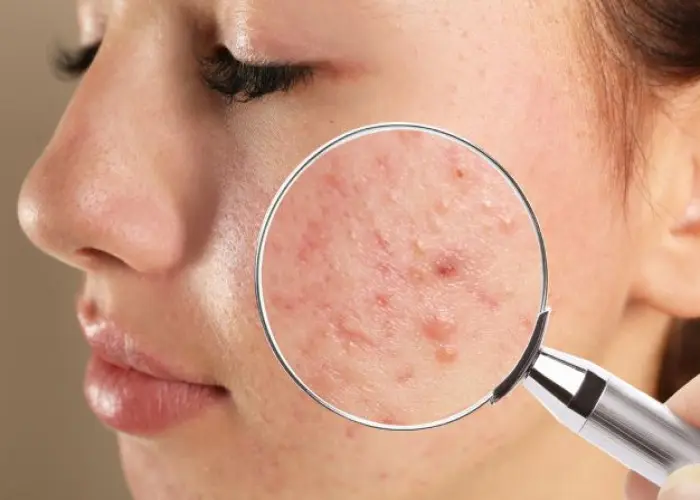
Acne is a common skin condition that affects many people, especially during puberty. It is characterized by the appearance of pimples, blackheads, and whiteheads on the face, neck, chest, and back.
Acne is caused by the overproduction of oil in the skin, combined with the buildup of dead skin cells and bacteria. Hormonal changes, stress, and certain medications can also contribute to the development of acne.
Treatment for acne depends on the severity of the condition but may include over-the-counter or prescription topical creams, oral medications, and in some cases, light or laser therapy. In addition to medical treatments, maintaining a healthy diet and skincare routine, and reducing stress, can help to manage the symptoms of acne.
It's important to see a doctor if you have persistent or severe acne, as early treatment can help prevent scarring and improve the overall appearance of the skin. In some cases, a dermatologist may be able to provide more specialized treatment and advice.
Research Papers
Disease Signs and Symptoms
- Skin bumps
- Tiny white skin bumps or pimples (milia)
- Small, pus-filled, blister-like lesions (pustules)
- Acne (Pimple)
Disease Causes
Acne
Four main factors cause acne:
- Excess oil (sebum) production
- Hair follicles clogged by oil and dead skin cells
- Bacteria
- Inflammation
Acne typically appears on your face, forehead, chest, upper back and shoulders because these areas of skin have the most oil (sebaceous) glands. Hair follicles are connected to oil glands.
The follicle wall may bulge and produce a whitehead. Or the plug may be open to the surface and darken, causing a blackhead. A blackhead may look like dirt stuck in pores. But actually the pore is congested with bacteria and oil, which turns brown when it's exposed to the air.
Pimples are raised red spots with a white center that develop when blocked hair follicles become inflamed or infected with bacteria. Blockages and inflammation deep inside hair follicles produce cystlike lumps beneath the surface of your skin. Other pores in your skin, which are the openings of the sweat glands, aren't usually involved in acne.
Certain things may trigger or worsen acne:
- Hormonal changes. Androgens are hormones that increase in boys and girls during puberty and cause the sebaceous glands to enlarge and make more sebum. Hormone changes during midlife, particularly in women, can lead to breakouts too.
- Certain medications. Examples include drugs containing corticosteroids, testosterone or lithium.
- Diet. Studies indicate that consuming certain foods — including carbohydrate-rich foods, such as bread, bagels and chips — may worsen acne. Further study is needed to examine whether people with acne would benefit from following specific dietary restrictions.
- Stress. Stress doesn't cause acne, but if you have acne already, stress may make it worse.
Disease Prevents
Disease Treatments
If you've tried over-the-counter (nonprescription) acne products for several weeks and they haven't helped, ask your doctor about prescription-strength medications. A dermatologist can help you:
- Control your acne
- Avoid scarring or other damage to your skin
- Make scars less noticeable
Acne medications work by reducing oil production and swelling or by treating bacterial infection. With most prescription acne drugs, you may not see results for four to eight weeks. It can take many months or years for your acne to clear up completely.
The treatment regimen your doctor recommends depends on your age, the type and severity of your acne, and what you are willing to commit to. For example, you may need to wash and apply medications to the affected skin twice a day for several weeks. Topical medications and drugs you take by mouth (oral medication) are often used in combination. Treatment options for pregnant women are limited due to the risk of side effects.
Talk with your doctor about the risks and benefits of medications and other treatments you are considering. And make follow-up appointments with your doctor every three to six months until your skin improves.
Topical medications
The most common topical prescription medications for acne are:
- Retinoids and retinoid-like drugs. Drugs that contain retinoic acids or tretinoin are often useful for moderate acne. These come as creams, gels and lotions. Examples include tretinoin (Avita, Retin-A, others), adapalene (Differin) and tazarotene (Tazorac, Avage, others). You apply this medication in the evening, beginning with three times a week, then daily as your skin becomes used to it. It prevents plugging of hair follicles. Do not apply tretinoin at the same time as benzoyl peroxide.
- Topical retinoids increase your skin's sun sensitivity. They can also cause dry skin and redness, especially in people with skin of color. Adapalene may be tolerated best.
- Antibiotics. These work by killing excess skin bacteria and reducing redness and inflammation. For the first few months of treatment, you may use both a retinoid and an antibiotic, with the antibiotic applied in the morning and the retinoid in the evening. The antibiotics are often combined with benzoyl peroxide to reduce the likelihood of developing antibiotic resistance. Examples include clindamycin with benzoyl peroxide (Benzaclin, Duac, others) and erythromycin with benzoyl peroxide (Benzamycin). Topical antibiotics alone aren't recommended.
- Azelaic acid and salicylic acid. Azelaic acid is a naturally occurring acid produced by a yeast. It has antibacterial properties. A 20% azelaic acid cream or gel seems to be as effective as many conventional acne treatments when used twice a day. Prescription azelaic acid (Azelex, Finacea) is an option during pregnancy and while breast-feeding. It can also be used to manage discoloration that occurs with some types of acne. Side effects include skin redness and minor skin irritation.
- Salicylic acid may help prevent plugged hair follicles and is available as both wash-off and leave-on products. Studies showing its effectiveness are limited. Side effects include skin discoloration and minor skin irritation.
- Dapsone. Dapsone (Aczone) 5% gel twice daily is recommended for inflammatory acne, especially in women with acne. Side effects include redness and dryness.
Evidence is not strong in support of using zinc, sulfur, nicotinamide, resorcinol, sulfacetamide sodium or aluminum chloride in topical treatments for acne.
Oral medications
- Antibiotics. For moderate to severe acne, you may need oral antibiotics to reduce bacteria. Usually the first choice for treating acne is a tetracycline (minocycline, doxycycline) or a macrolide (erythromycin, azithromycin). A macrolide might be an option for people who can't take tetracyclines, including pregnant women and children under 8 years old.
- Oral antibiotics should be used for the shortest time possible to prevent antibiotic resistance. And they should be combined with other drugs, such as benzoyl peroxide, to reduce the risk of developing antibiotic resistance.
- Severe side effects from the use of antibiotics to treat acne are uncommon. These drugs do increase your skin's sun sensitivity.
- Combined oral contraceptives. Four combined oral contraceptives are approved by the FDA for acne therapy in women who also wish to use them for contraception. They are products that combine progestin and estrogen (Ortho Tri-Cyclen 21, Yaz, others). You may not see the benefit of this treatment for a few months, so using other acne medications with it for the first few weeks may help.
- Common side effects of combined oral contraceptives are weight gain, breast tenderness and nausea. These drugs are also associated with increased risk of cardiovascular problems, breast cancer and cervical cancer.
- Anti-androgen agents. The drug spironolactone (Aldactone) may be considered for women and adolescent girls if oral antibiotics aren't helping. It works by blocking the effect of androgen hormones on the oil-producing glands. Possible side effects include breast tenderness and painful periods.
- Isotretinoin. Isotretinoin (Amnesteem, Claravis, others) is a derivative of vitamin A. It may be prescribed for people whose moderate or severe acne hasn't responded to other treatments.
- Potential side effects of oral isotretinoin include inflammatory bowel disease, depression and severe birth defects. All people receiving isotretinoin must participate in an FDA-approved risk management program. And they'll need to see their doctors regularly to monitor for side effects.
Therapies
For some people, the following therapies might be helpful, either alone or in combination with medications.
- Light therapy. A variety of light-based therapies have been tried with some success. Most will require multiple visits to your doctor's office. Further study is needed to determine the ideal method, light source and dose.
- Chemical peel. This procedure uses repeated applications of a chemical solution, such as salicylic acid, glycolic acid or retinoic acid. This treatment is for mild acne. It might improve the appearance of the skin, though the change is not long lasting and repeat treatments are usually needed.
- Drainage and extraction. Your doctor may use special tools to gently remove whiteheads and blackheads (comedos) or cysts that haven't cleared up with topical medications. This technique temporarily improves the appearance of your skin, but it might also cause scarring.
- Steroid injection. Nodular and cystic lesions can be treated by injecting a steroid drug into them. This therapy has resulted in rapid improvement and decreased pain. Side effects may include skin thinning and discoloration in the treated area.
Disease Diagnoses
Disease Allopathic Generics
-
Tetracycline Hydrochloride (Oral)
Tetracycline-containing medications for facial acne.
1+1+1+1 (7 days) then 1+0+1 (1 month)
-
Flucloxacillin Sodium
1 after 6 hours.
Disease Ayurvedic Generics
Disease Homeopathic Generics
-
Sulphur
30, 200 power.
-
Antimonium crudum
30, 200 power.
-
Berberis aquifolium
Q power.
-
Sanguinaria
30 power.
-
Antimonium tartaricum
30 power.
-
Kali bromatum
6, 30 power.
-
Calcarea phosphorica
12X power.
-
Natrum muriaticum
30, 200 power.
Disease yoga
Acne and Learn More about Diseases
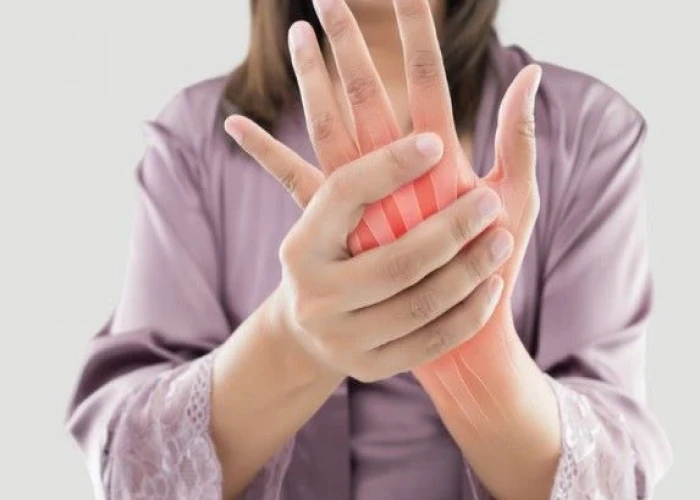
Rheumatoid arthritis
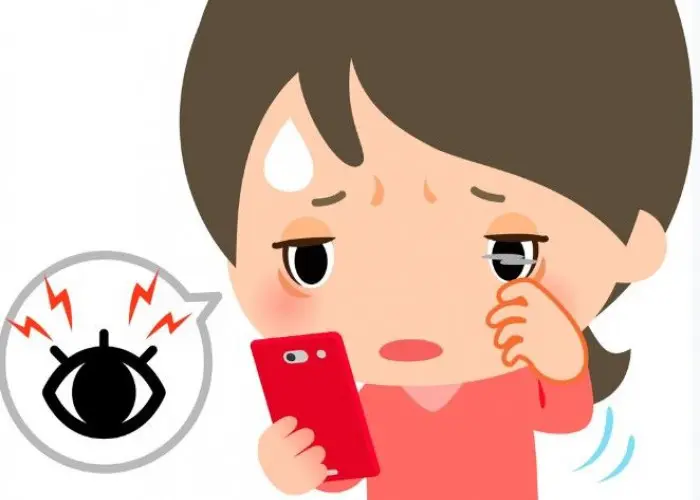
Eyestrain
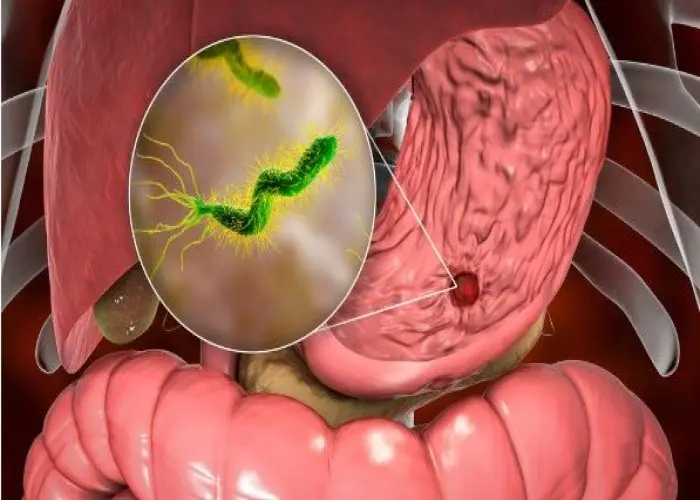
Duodenal Ulcer
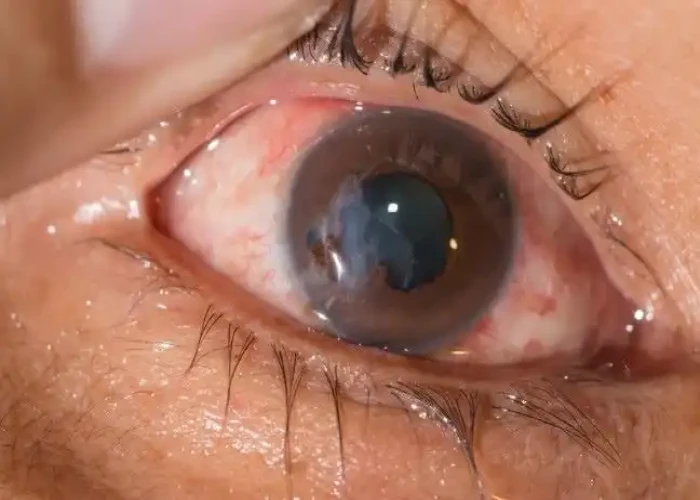
Traumtic eye
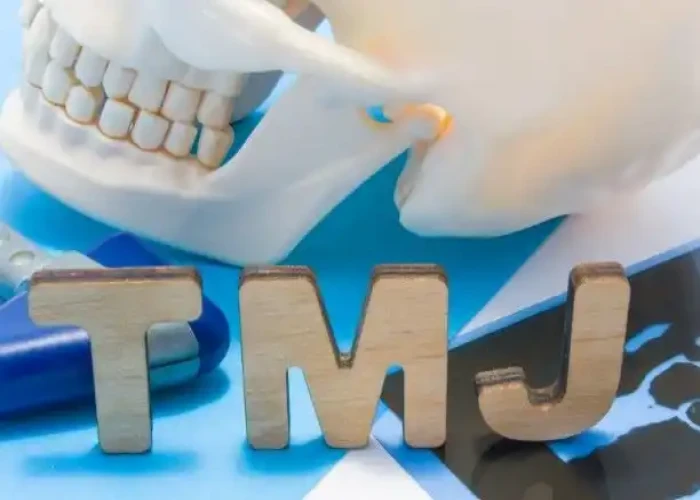
TMJ disorders

Phantom pain

Chondrosarcoma
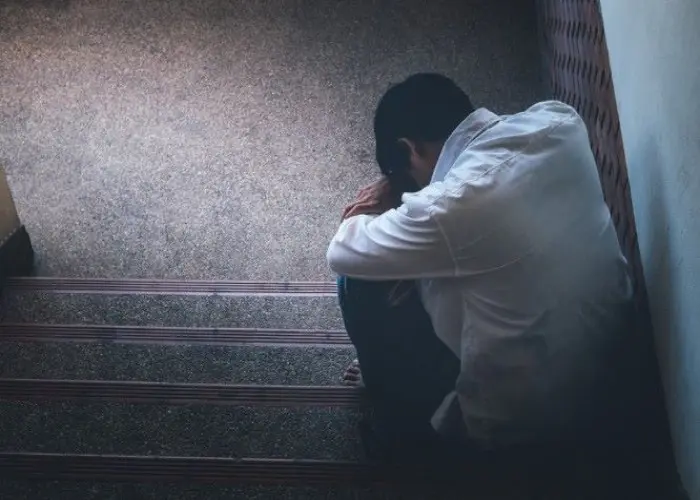
Depression (major depressive disorder)
Acne, pimples, Fungal acne, Acne vulgaris, Pimples on face, ব্রণ
To be happy, beautiful, healthy, wealthy, hale and long-lived stay with DM3S.

